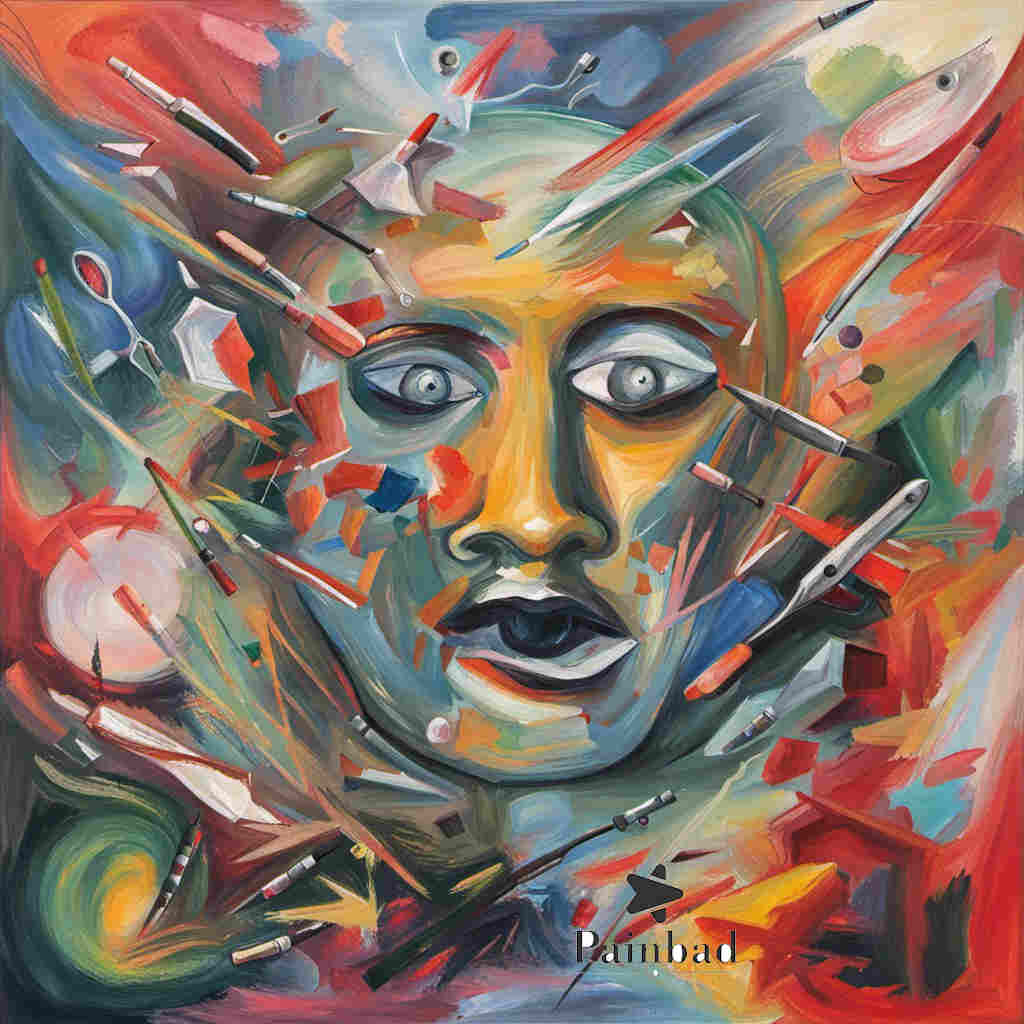Table of Contents
Introduction
Psychological pain, often referred to as emotional or mental pain, encompasses a range of distressing experiences related to emotions, thoughts, and perceptions. It’s important to note that psychological pain is subjective and can manifest differently from person to person. Here are some of the different types and categories of psychological pain:
Types Of Psychological Pain
Depression and Sadness encompass a range of emotional experiences characterized by persistent feelings of despondency, hopelessness, and a diminished capacity to find pleasure in activities that were once enjoyable. Individuals grappling with depression often grapple with a deep and pervasive psychological pain that affects their daily functioning and overall well-being (American Psychiatric Association, 2013).
Anxiety and Fear entail intense worry, apprehension, and an overwhelming sense of dread, often about future uncertainties or potential threats. These forms of psychological pain can manifest as both emotional distress and physical symptoms, such as a racing heart or shortness of breath, further exacerbating the individual’s sense of unease (Craske et al., 2017).
Grief and Loss give rise to a distinct form of psychological pain triggered by the death of a loved one, the termination of a significant relationship, or the loss of a job, among other experiences. The emotional anguish tied to grief can be profound, marked by an array of emotions including sadness, anger, and a yearning for what once was (Stroebe et al., 2017).
Shame and Guilt revolve around negative self-perceptions. Shame involves a deep-seated belief in one’s intrinsic unworthiness, often coupled with feelings of exposure and humiliation. Guilt, conversely, centers on remorse and self-blame due to perceived wrongdoing. Both forms of psychological pain can lead to profound emotional distress, influencing thoughts and behaviors (Tangney & Dearing, 2002).
Rejection and Social Pain stem from interpersonal interactions, where the feeling of being unwanted or excluded by others triggers emotional hurt. This form of psychological pain can elicit feelings of isolation and negatively impact an individual’s self-esteem and mental well-being (Eisenberger, 2012).
Trauma and Post-Traumatic Stress involve psychological pain caused by exposure to traumatic events. Trauma can lead to intrusive thoughts, nightmares, and other distressing symptoms. Post-Traumatic Stress Disorder (PTSD) encompasses persistent psychological pain marked by re-experiencing trauma, avoidance of reminders, and hyperarousal (American Psychiatric Association, 2013).
Loneliness and Isolation denote the emotional pain resulting from feelings of disconnection and lack of social interaction. These sensations of being alone can lead to profound emotional distress and adverse effects on mental health (Hawkley & Cacioppo, 2010).
Existential Pain and Meaninglessness are rooted in the contemplation of life’s purpose and significance. This form of psychological pain stems from questioning the nature of existence, grappling with existential angst, and struggling to find meaning in life (Yalom, 1980).
Obsessive Thoughts and Compulsions, as seen in conditions like Obsessive-Compulsive Disorder (OCD), lead to distressing, intrusive thoughts (obsessions) accompanied by ritualistic behaviors or mental acts (compulsions). These repetitive actions often arise as an attempt to mitigate psychological distress, forming a cycle of emotional pain (American Psychiatric Association, 2013).
Emotional Numbness, a response to overwhelming psychological pain, involves a sense of detachment from one’s emotions. This coping mechanism can temporarily shield individuals from distress but might impede the processing and resolution of emotional pain in the long term (Van der Kolk, 2014).
It’s crucial to recognize the intricate and interconnected nature of these various types of psychological pain. Seeking professional help, such as therapy or counseling, can provide individuals with effective strategies for managing and addressing the emotional distress associated with these forms of pain.
Conclusion
It’s important to understand that psychological pain is complex and interconnected, often involving a combination of these different types and categories. Seeking support from mental health professionals, such as therapists or counselors, can be beneficial for understanding and managing psychological pain. Additionally, practicing self-care, engaging in healthy coping mechanisms, and maintaining social connections are essential steps toward alleviating emotional distress.
References:
- American Psychiatric Association. (2013). Diagnostic and statistical manual of mental disorders (5th ed.). Arlington, VA: American Psychiatric Publishing.
- Craske, M. G., Niles, A. N., Burklund, L. J., Wolitzky-Taylor, K. B., Vilardaga, J. C. P., Arch, J. J., … & Lieberman, M. D. (2014). Randomized controlled trial of cognitive behavioral therapy and acceptance and commitment therapy for social phobia: outcomes and moderators. Journal of Consulting and Clinical Psychology, 82(6), 1034-1048.
- Eisenberger, N. I. (2012). Broken hearts and broken bones: A neural perspective on the similarities between social and physical pain. Current Directions in Psychological Science, 21(1), 42-47.
- Hawkley, L. C., & Cacioppo, J. T. (2010). Loneliness matters: A theoretical and empirical review of consequences and mechanisms. Annals of Behavioral Medicine, 40(2), 218-227.
- Stroebe, M., Schut, H., & van den Bout, J. (2017). Complicated grief: Recent developments in theory and treatment. Death Studies, 41(5), 279-287.
- Tangney, J. P., & Dearing, R. L. (2002). Shame and Guilt. Guilford Press.
- Van der Kolk, B. A. (2014). The Body Keeps the Score: Brain, Mind, and Body in the Healing of Trauma. Penguin.

